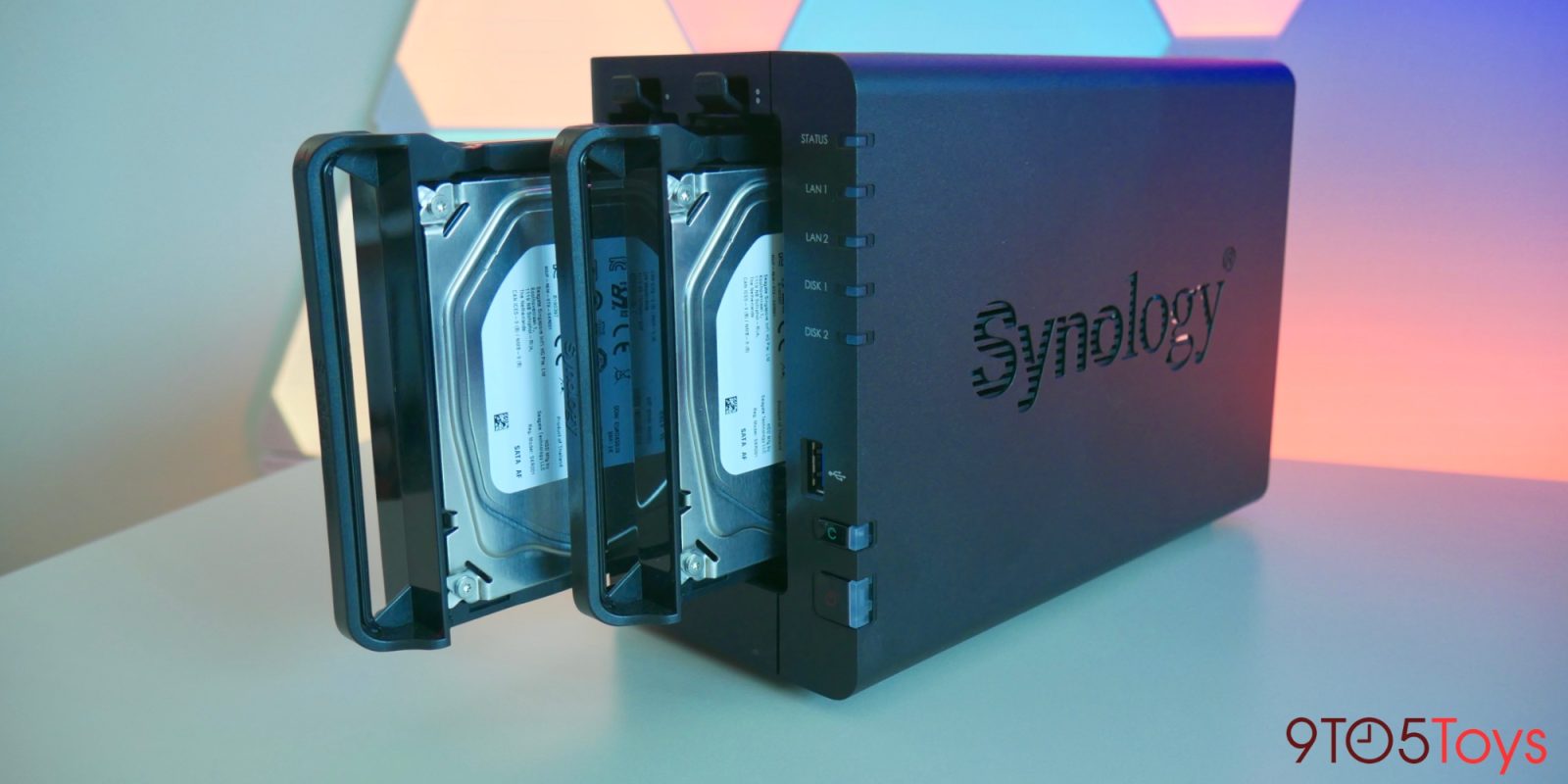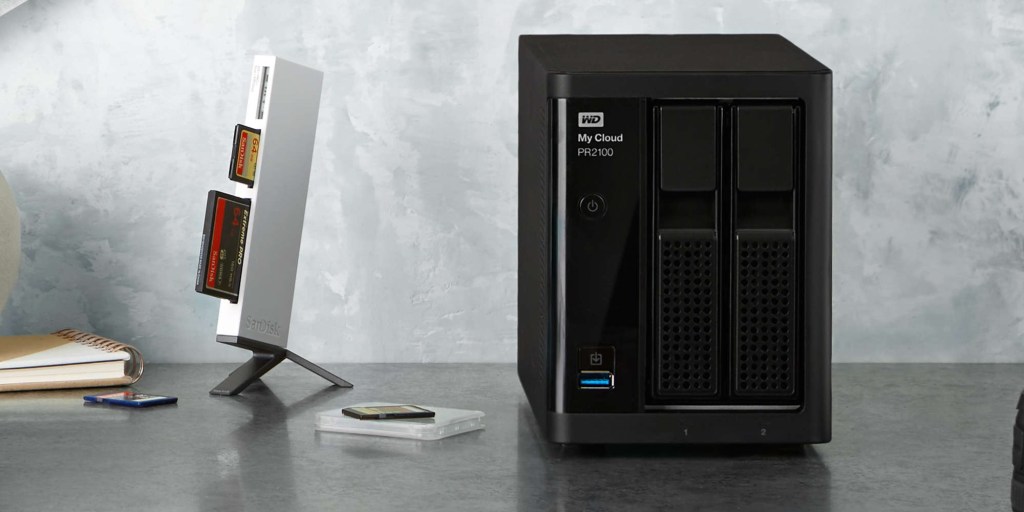
Seagate recently announced that, as of mid-May, it will be removing the ability for users to remotely connect to its lineup of NAS by shutting down its Access program. Effectively relegating its NAS to nothing more than a standard hard drive, today, we’re taking a look at all of the best Seagate Access alternatives, ranging from Synology units to just upgrading your existing router with NAS capabilities. Head below for all of our recommendations.
What this means for existing users
Even though many of Seagate’s NAS aren’t exactly the most recent ways to handle backups and the like, many users have been relying on them for years to handle at-home file storage. So with the announcement that Seagate Access will be shutting down on May 15, where does that leave anyone using one of the brand’s NAS?
Well, for starters, the NAS itself will still be able to store files, but otherwise, the usual functionality you’ve come to expect will be severely limited. So while the demise of Seagate Access won’t completely stop your NAS from working, it will remove the ability to access via a web portable as well as other services like Seagate Sdrive, Seagate Media App, and Seagate MyNAS.
The change is also removing remote access from the feature set, meaning you’ll have to be on the same local network as your device in order to access the files. That’s arguably one of the more compelling features of a NAS, so if the news that Seagate Access is shutting down has you thinking it’s time to switch, we’ve got you covered with some of the best alternatives.
Best Seagate Access alternatives

Synology NAS pair reliability with versatility
When it comes to having a NAS set up at home, it’s hard to recommend anything over Synology’s offerings. There are quite a few different models from the brand that cover everything from single bay servers that are ideal for Time Machine backups and the like all the way up to impressive Plex servers and the like.
We’ve broken down some of the best options at each tier in previous coverage, but arguably the most compelling NAS from Synology right now is the 2-Bay DS220+ DiskStation, especially when considering a Seagate Access alternative.
Sporting the ability to be configured with two hard drives and up to 32TB of raw storage, another notable perk of Synology’s ecosystem is the intuitive interface that makes altering settings and remote access a breeze. Ready to handle everything from basic backups to running a Plex service and more, we found that it’s a compelling option for getting started in our hands-on review that easily justifies the $299.99 price point.

WD provides a more laid back approach
Now, I hear you – you’re looking for something much more simplistic than a full-blown NAS. That’s where the WD My Cloud lineup of devices comes in. Available in a variety of storage of tiers, these enter more in the set and forget category than our Synology recommendation.
Entering with storage configured out of the box, there are a variety of offerings in the lineup depending on how much power you’re actually in need of. Those just looking to set up some routine backups will find the 4TB My Cloud Home at $170 to be a compelling model, while anyone needing more storage may want to step up to the My Cloud Home Duo, which starts at $260.
In either case, that ease of use does mean that you won’t be able to benefit from the higher-end performance noted above. But if running a Plex server or anything of the sort isn’t on your radar, WD’s NAS are sure to be reliable offerings.
Using your router as a Seagate NAS alternative

The last solution may be the most simple, but it’s certainly worth considering if you’re just looking for a simple way to set up routine backups and the like. Most modern routers come equipped with a USB port that allows you to turn existing hardware into a NAS to serve as an alternative to Seagate Access.
So whether you’re rocking something from NETGEAR, TP-Link, or ASUS, you’ll be able to plug in a hard drive and configure the router to share files on the network. It’s worth noting that some mesh brands like eero and Google Wifi currently lack this ability, though.
An easy recommendation on the hard drive side of things would be to grab one of WD’s Elements Desktop drives, which come in various storage capacities starting at $100. These leverage some of the most reliable internal HDDs on the market for the price, and I’ve found them to be compelling options from use in my own personal server over the past several years.
9to5Toys’ Take:
With three different ways to carry on with routine backups and all of the other perks of having networking storage, hopefully, these alternatives will soften the blow of Seagate Access shutting down later this month. However, if we had to make a single recommendation for the all-around best solution, going with the Synology model is hard to beat given how reliable and future-proof the NAS can be.
FTC: We use income earning auto affiliate links. More.





Comments